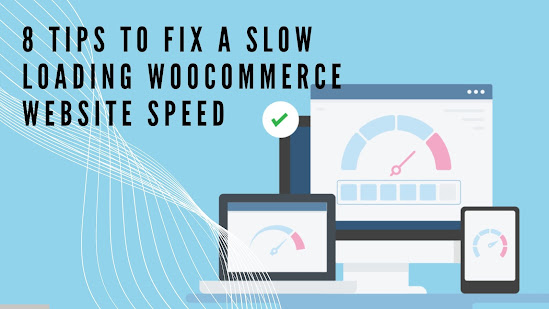In today’s digital age, a well-designed website is crucial for any business aiming to establish a strong online presence. Your website often serves as the first point of contact between your brand and potential customers, making it essential to create a positive and lasting impression. However, many businesses fall victim to common design mistakes that can significantly impact user experience, engagement, and conversion rates. In this article, we will explore the top mistakes to avoid in website design and provide actionable solutions to fix them.
1. Cluttered and Overwhelming Design
Mistake: A cluttered design with too many elements, colors, or fonts can overwhelm visitors, making it difficult for them to navigate your site. This confusion often leads to high bounce rates as users struggle to find what they’re looking for.
How to Fix It:
- Simplify the Layout: Adopt a clean, minimalist design approach. Use ample white space to allow elements to breathe and guide the user’s eye naturally across the page.
- Prioritize Key Elements: Focus on the most important information and make it easily accessible. Limit the number of fonts and colors to create a cohesive and harmonious look.
- Use Visual Hierarchy: Implement a clear visual hierarchy using font sizes, colors, and placement to highlight the most important content and call-to-action buttons.
SFWPExperts is a top-tier WordPress website design company dedicated to creating user-friendly, visually appealing websites that avoid common design pitfalls. Specializing in optimizing site performance, navigation, and overall aesthetics, SFWPExperts ensures your website not only looks great but also delivers a seamless user experience to drive engagement and conversions.
2. Poor Navigation Structure
Mistake: Complex or unclear navigation can frustrate users, leading them to abandon your site. Navigation that is hard to find, cluttered with too many options, or inconsistent can confuse visitors.
How to Fix It:
- Streamline Menus: Keep the navigation menu simple and clear, with concise labels that accurately describe each page.
- Use Breadcrumbs: Breadcrumbs help users keep track of their location within your site, making it easier to navigate back to previous pages.
- Include a Search Function: A search bar allows users to quickly find specific information, improving the overall user experience.
3. Not Mobile-Friendly
Mistake: With mobile devices accounting for over half of all web traffic, having a non-responsive design that doesn’t adjust to different screen sizes can be a major setback.
How to Fix It:
- Adopt a Responsive Design: Use flexible grids, images, and CSS media queries to ensure your site adapts to various screen sizes and devices.
- Test on Multiple Devices: Regularly test your site on different devices and browsers to identify and fix any issues.
- Prioritize Mobile Usability: Simplify navigation, use touch-friendly elements, and ensure that buttons and links are easily clickable on smaller screens.
4. Slow Load Times
Mistake: A slow website can significantly affect user satisfaction and SEO rankings. Users expect websites to load quickly, and if your site takes more than a few seconds, they may leave.
How to Fix It:
- Optimize Images: Compress and resize images to reduce load times without compromising quality.
- Use a Content Delivery Network (CDN): CDNs store copies of your site on multiple servers worldwide, reducing load times by serving content from the server closest to the user.
- Minimize HTTP Requests: Reduce the number of files your site needs to load by combining CSS and JavaScript files.
Read More: Top Mistakes to Avoid in Website Design and How to Fix Them
Read More Articles:
- WordPress Website Design Guide: Things To Know Before Creating WordPress Websites
- 10 Essential Website Design Trends to Watch in 2024
- From Concept to Launch: A Step-by-Step Guide to Website Design
- The Role of UX/UI In Successful Website Design
- Inbound Marketing Series: What is Social Media Marketing (SMM)? 5 Core Pillars of Social Media Marketing



